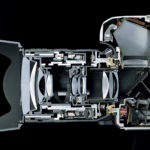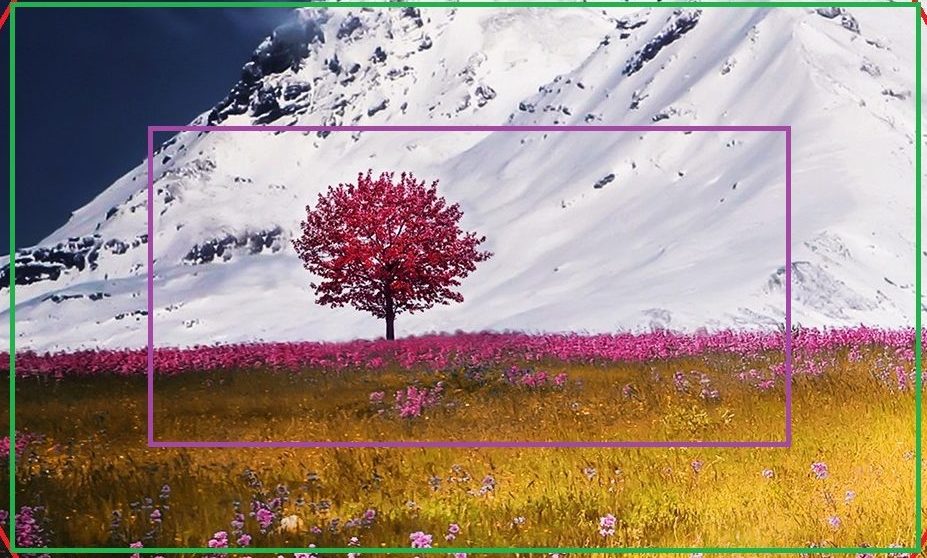How do cameras work: DSLR, mirrorless, compact?
SLR, mirrorless, compact - all these types of cameras have their pros and cons, they have their own features, advantages and disadvantages. Only one thing remains unchanged - the principle of “creating a picture from a beam of light.” But how exactly does this happen, and what does a camera consist of?? Let's keep it short and to the point.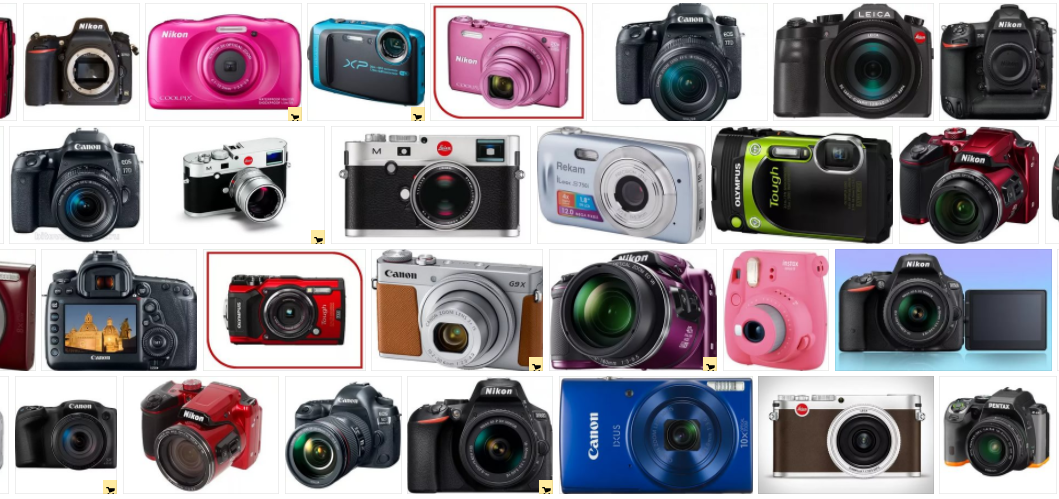
The content of the article
SLR Cameras
Popular with both professionals and amateurs. Main feature - thanks to the design, they allow you to control the shooting “from start to finish”. Let's look at what they have "under the skin".
The mirror consists of two parts - body and lens. At the same time, one carcass can have several different types of lenses.
Interesting! The price of the body itself can be much less than the cost of individual lenses.
Lens
Represents a set of lenses and aperture. Lenses are different - wide-angle, normal, long-focus. Exactly The quality and type of photos depends on the lens, and they are worth talking about separately.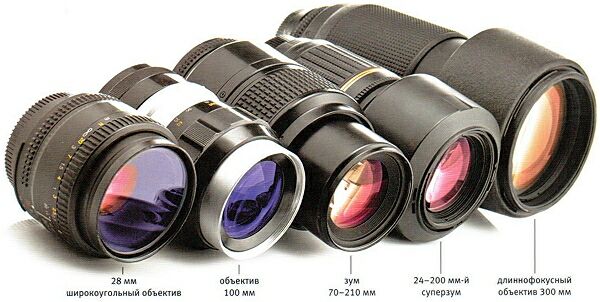
However, regardless of the type, the design remains the same: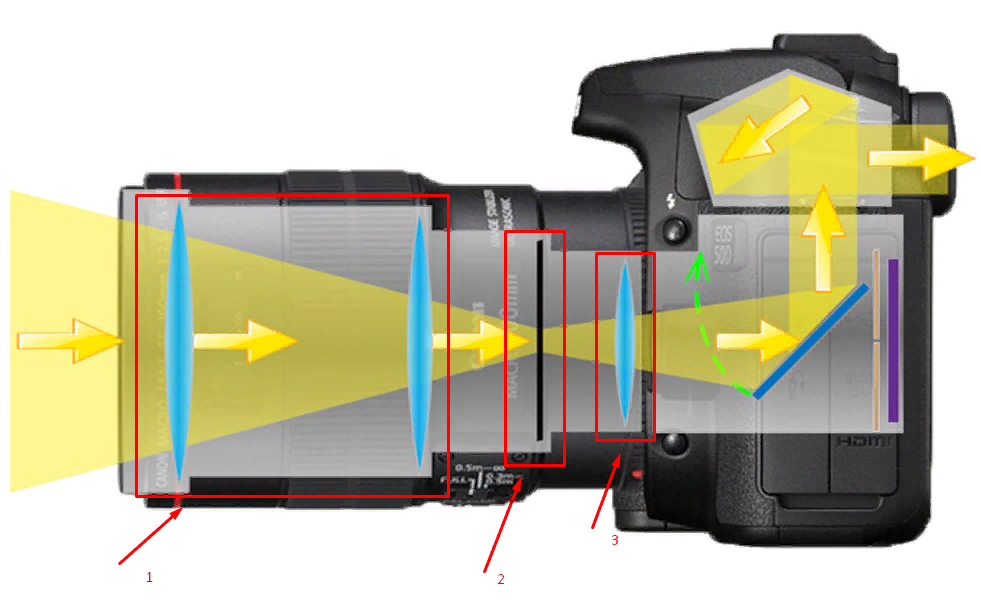
To be specific:
- Lens setthrough which light reflected from objects passes.
- Diaphragm. Essentially a set of movable petals. Diaphragm regulates the amount of light that comes in from outside. The degree of opening of the petals determines whether the photo will be light or dark.
- Another set of lenses, through which light enters directly into the "carcass" Namely in carcass There are already sensors and mirrors that regulate the location of the lenses.
Why are lenses needed? They determine how much surrounding space will be included in the photo, where the focus will be directed, how the zoom will work, and so on.
Carcass
This is where the “brain” of the device is located. Let's look at all the details using the diagram: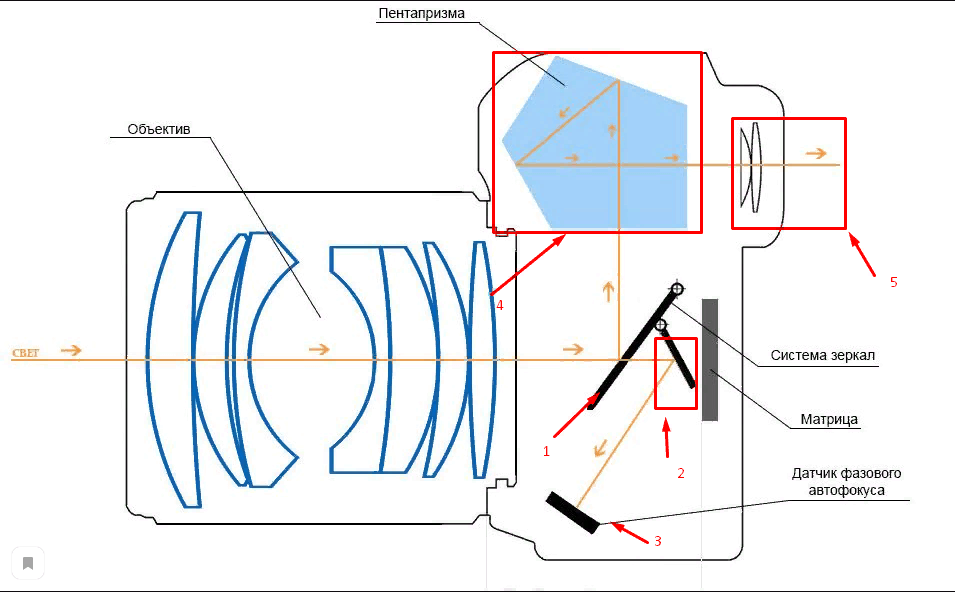
To be specific:
- A beam of light passing through the lens system and diaphragm hits translucent glass. You can see it not only on the diagram, but also when removing the lens from the carcass. Here the light stream is divided into two parts.
- The first part goes to phase sensors, they are - focusing system. It is she who determines what position the lenses will be in, and, accordingly, what exactly will be in focus.
- The second part goes to another focusing screen. It looks like frosted glass with a magnifying lens hanging over it. This way the photographer can evaluate how correctly the focus is set before shooting.
- Immediately after the frosted glass, the beam of light enters the “hump”, characteristic of all DSLRs. Here is located pentaprism. It is here that the initially inverted picture is brought into the form we are accustomed to and sent further - to viewfinder.
- Viewfinder – the screen on which the image is projected. Can be of different sizes and shades. In professional devices and “above average” cameras, the viewfinder is large and bright - this makes life easier for the photographer, since you can immediately evaluate the frame, set the correct settings, and see how the focus is set.
The real magic begins when you press the button. The translucent mirror (1 in the previous diagram) rises, and the beam of light is no longer split across the focusing screens, but hits directly matrix.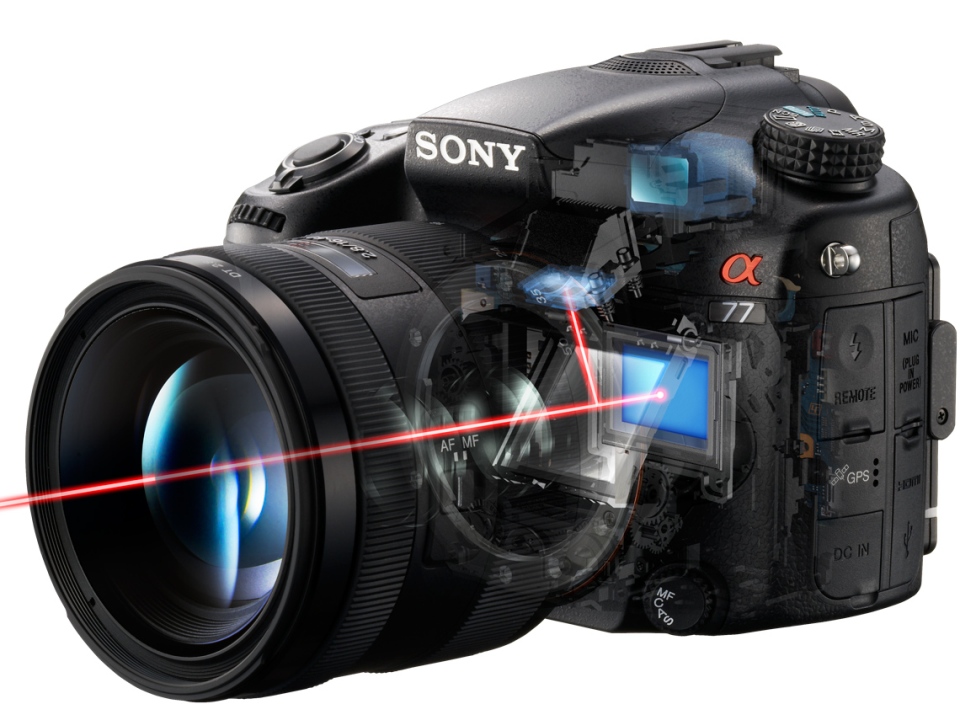
And here two more fundamentally important elements for the “carcass” come into play:
- Gate. “Thrown out” at the moment the button is pressed. It is he who determines endurance (how long the light will enter the matrix). It has two fundamentally important parameters - lag and speed. Lag – the time that passes from pressing the button to releasing the shutter. This indicator is fundamentally important for photographing dynamic objects. The smaller the lag, the clearer the photo. Speed determines how long the shutter will be open minimally.
- Matrix, which receives a beam of light. In fact - chip with separate photosensitive elements.
Without going into technical details, it is after the matrix that the image is processed and recorded on the camera’s memory card.
Mirrorless cameras
They are simpler than their mirror “brothers”, do not allow you to control all shooting parameters, and are more compact. They already have fewer critical nodes.
Scheme: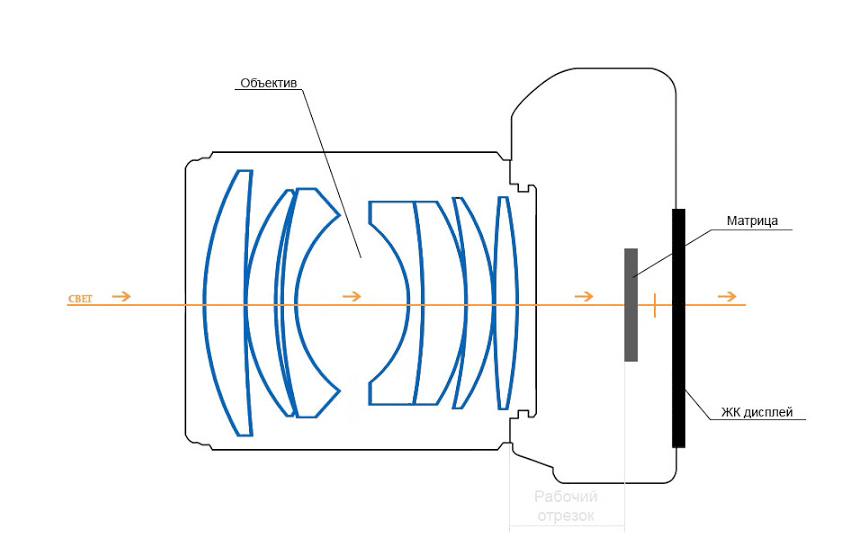
- Lens The design is the same as that of DSLRs - a set of lenses and a diaphragm. Basically, Using an adapter, you can transfer your favorite DSLR lens to a mirrorless model and use it without worry.
- A beam of light, after passing through the lenses and diaphragm, immediately hits matrix (as in DSLRs, this is a microcircuit with light-sensitive elements).
- The image enters CPU and is processed.
- Real-time image hits the screen. You can immediately evaluate the frame and take a photo.
What about shutter? It exists, only it is not adjusted manually, but purely electronics.
Thanks to getting rid of “extra” elements, mirrorless cameras have become more compact and lightweightHowever, they are not quite suitable for photographing dynamics. Again, no viewfinder, as in DSLRs, and lenses can not be changed on all models, but only on “above average” ones.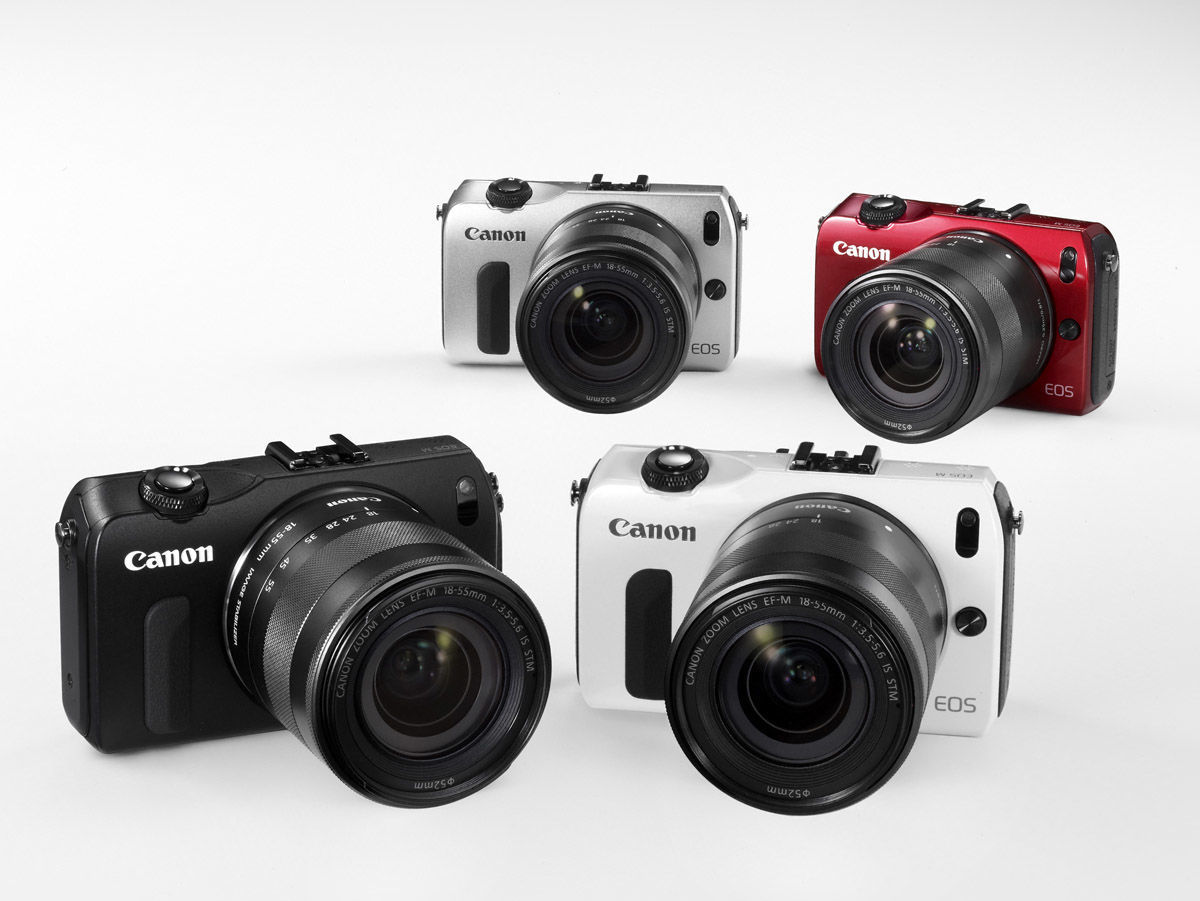
Compact digital cameras
Almost an endangered species - they are being successfully replaced mirrorless cameras, which provide more acceptable photo quality with not very different dimensions. The second danger for compact cameras is cameras on smartphones. Whatever one may say, the phone is lighter and always at hand, and cameras are getting better every year.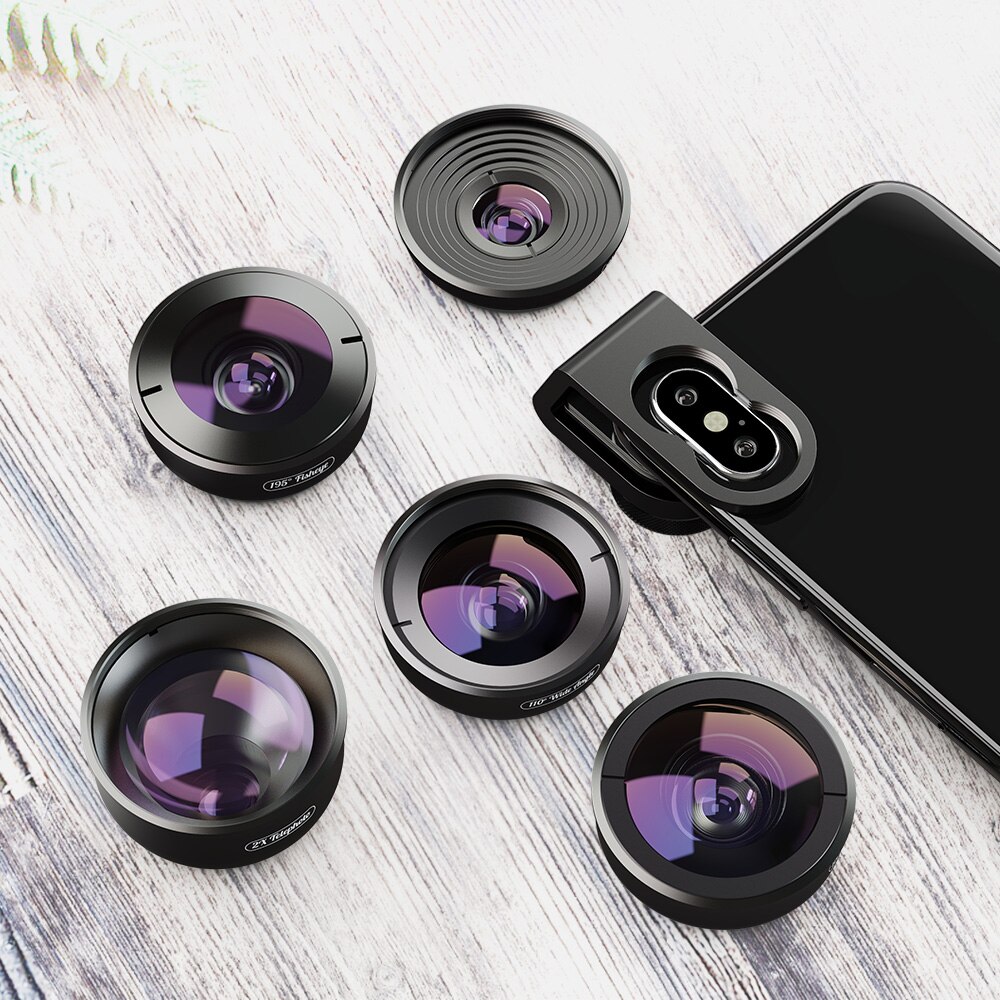
Distinctive feature - non-replaceable hard lenses. Light passes through lenses, gets on matrix, from there - to CPU, where it is processed and presented on a small screen.
Similar to mirrorless cameras? Yes. But there are a number of disadvantages - weaker photographs, the image on the screen is shown with inaccuracies, and the photographer is practically eliminated from controlling the process. Choose a program, press a button - that's all that remains. The rest is done automatically without your participation.
In principle, this is all that can be said about the structure of different types of cameras. Of course, in the article we did not touch upon image resolution, we did not dive head, legs, arms and other limbs into purely technical subtleties and nuances - these are the topics of separate articles. But, we hope, we have given a general idea of the principles of operation of the camera and its structure.


